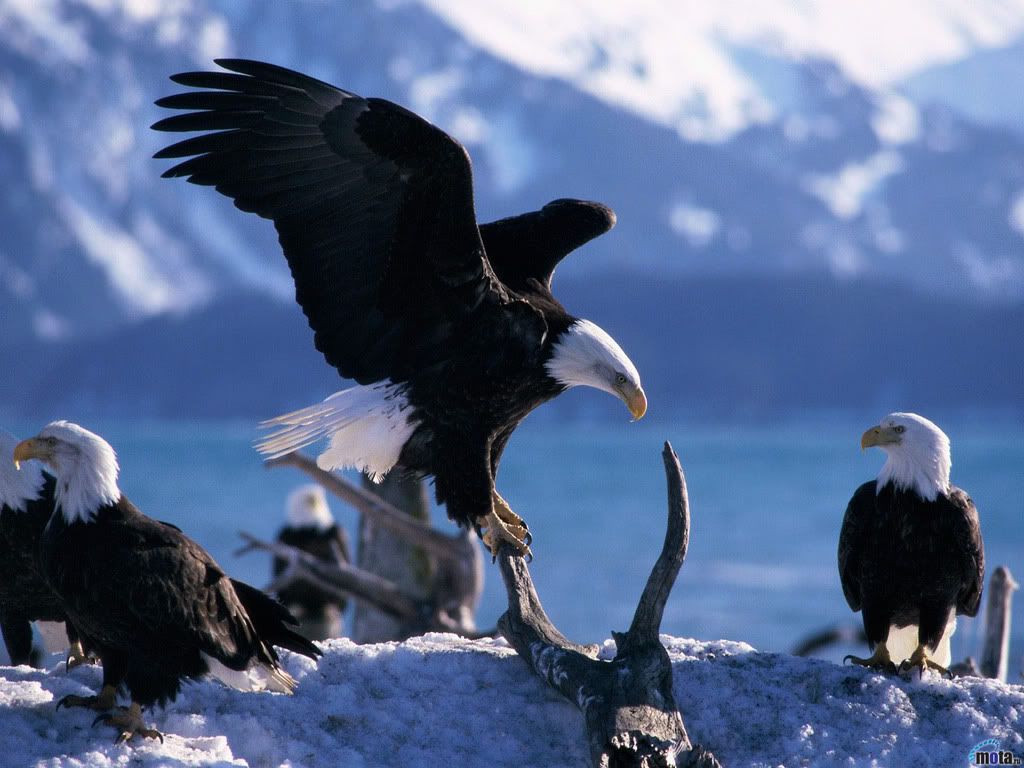
“Today, I am proud to announce the eagle has returned,” Interior Secretary Kirk Kempthorne said while making the announcement at Jefferson Memorial.
According to the AP article “Bald Eagle comes off endangered list,” in 1963, there were only about 417 mating pairs of bald eagles in the contiguous 49 states.
The powerful and majestic-looking creature had been decimated by DDT, a pesticide that was used to control mosquitoes and other insects. DDT residue contaminated rivers and other waterways, contaminating the fish that bald eagles would later ingest which would then poison and inevitably cause their death.
It was also “hunted for its feathers, shot from airplanes, the subject of a 50-cent bounty in Alaska… and fed to hogs in some states,” according to another AP article-“U.S. bald eagle numbers make recovery.” Loss of habitat also contributed to the bald eagle’s near demise.
According to the US Fish and Wildlife Service (USFWS), there is now an estimated high of 9,879 breeding pairs, 1,133 of which are found in Florida.
- To learn basic facts about the bald eagle (and even listen to some of the eagle's actual cries!), visit the American Eagle Foundation page.
- To listen to an interview clip of National Bald Eagle Coordinator Jody Millar's discussion of "How bald eagles became endangered," click here.


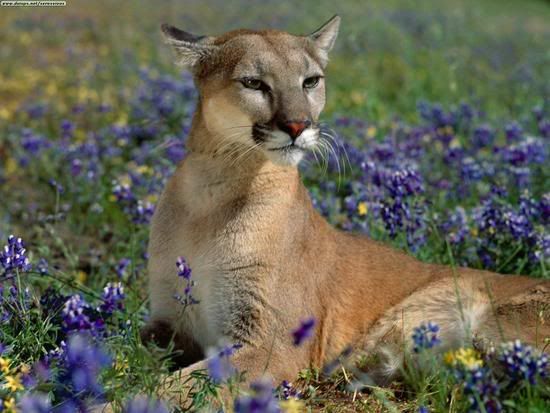
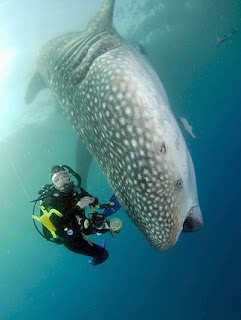
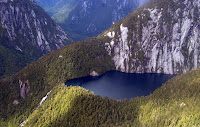
 Douglas Tompkins, the American multimillionaire who founded the
Douglas Tompkins, the American multimillionaire who founded the 

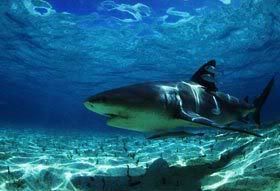

 This week, President Bush publicly discussed the issue of global warming and for the first time, proposed a global effort to do something about it.
This week, President Bush publicly discussed the issue of global warming and for the first time, proposed a global effort to do something about it.
